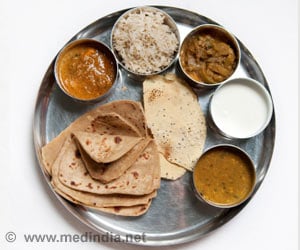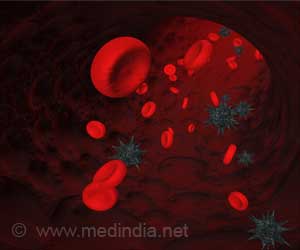Medical methods of abortion using mifepristone and misoprostol account for four out of five abortions in India.

‘Most abortions in India take place without prescriptions and outside of facilities via chemists and informal vendors.’





Over 80 percent of abortions took place using drugs like mifepristone and misoprostol, 14 percent were performed surgically in clinics and hospitals, and 5 percent were conducted using other, typically unsafe, methods. “Women in India face considerable challenges trying to obtain abortion care, including the limited availability of abortion services in public health facilities,” the Guttmacher Institute’s investigator Susheela Singh, said in a statement.
Incidence of abortion and unintended pregnancy
- Half of India’s more than 48 million pregnancies were unintended
- A third of the unintended pregnancies resulted in abortions
- Close to three in four abortions were achieved using drugs from chemists and informal vendors, rather than from health facilities.
- The public sector which is the main source of health care for rural and poor women accounted for only a quarter of abortions.
- Many state-run hospitals and clinics do not offer abortion services
The research team also suggest that a shortage of trained staff and inadequate supplies and equipment are the primary reasons many public facilities don’t provide abortion care.
Advertisement
Source-Medindia










